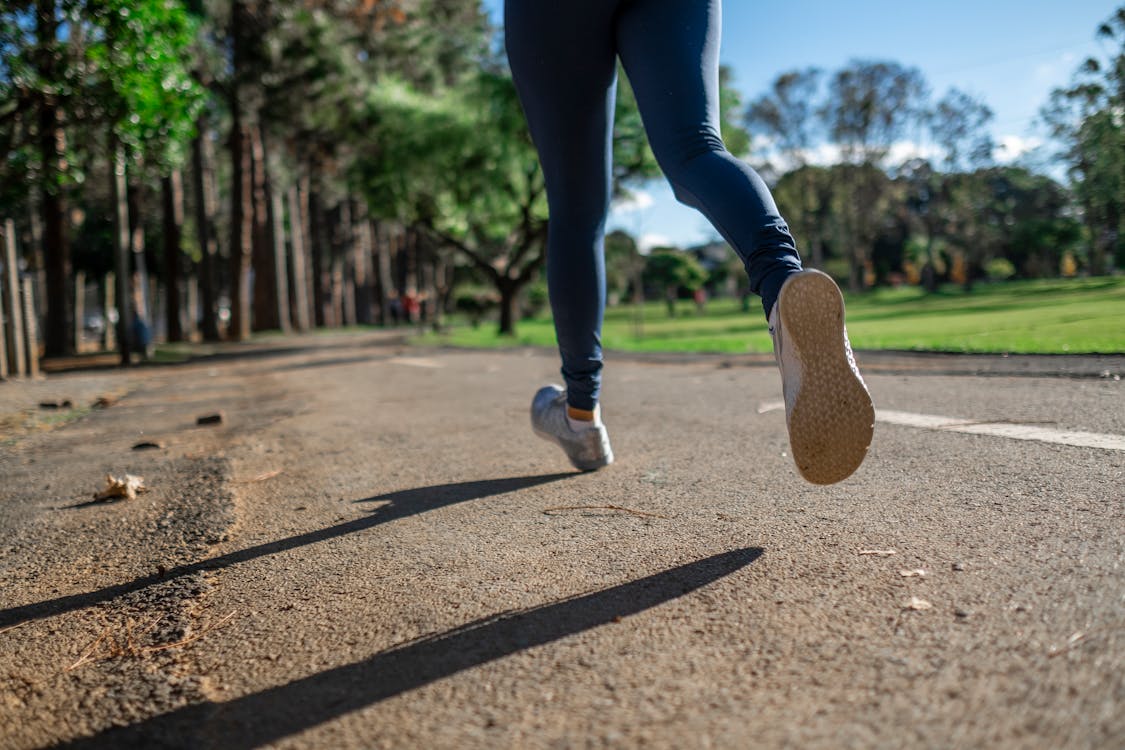Running is an excellent form of exercise and stress release for many people. However, it can be bad for your knees. Most knee injuries in runners are caused by overuse, changes in their running habits, or wear and tear.
Patients with knee injuries often have similar worries, such as whether they can continue to run. What should I do to strengthen my knees? How can I stop this from happening again?
Learn about the various knee injuries and what you can do to stay active.
What is a Runner's Knee?
Runner's knee, also known as patellofemoral pain syndrome, is a common overuse ailment affecting up to 30% of female and 25% of male runners. This makes it the most prevalent running injury.
In a runner's knee, the cartilage in your kneecap becomes inflamed. This causes knee pain when you run, squat, bend, or sit for an extended period. I frequently see people come in with a runner's knee after starting to run uphill or increasing their mileage or speed.
How to Treat a Runner's Knee at Home
The telltale indication of a runner's knee is mild to severe soreness around or behind the kneecap. When this happens:
- Take a break from running;
- Elevate and ice your knee to alleviate pain;
- To stay active, try swimming or another low-impact activity.
Additional Treatment for Runner's Knee
It may also be beneficial to participate in a strengthening and motor retraining program, as well as physical therapy and exercises to strengthen your knees and other areas of your body. Orthotics, taping, and manual treatment, including massage, myofascial release, and trigger point therapy, may also be beneficial.
What is the Iliotibial Band Syndrome?
Iliotibial band (IT band) syndrome is a frequent overuse injury that affects up to 12% of runners. It occurs when the tendon connecting your hip and outer knee contracts and irritates your outer knee area, resulting in pain. IT band syndrome, like a runner's knee, is more likely to occur when you increase your mileage.
How to Manage Iliotibial Band Syndrome at Home
Again, it is crucial to stop running and allow your body to relax. Ice your knee to relieve pain. Take an over-the-counter anti-inflammatory medicine like aspirin, ibuprofen, or naproxen to reduce discomfort. Consider swimming or a similar low-impact workout.
Additional Treatment for Iliotibial Band Syndrome
You should consider analyzing your running stance, technique, and footwear at this stage. Having a professional assess and improve your technique can be pretty beneficial.
A strengthening program, physical therapy, exercises, and manual therapy like trigger point work can all help.
What is Jumper's Knee?
Jumper's knee, commonly known as patellar tendonitis, is an overuse ailment that arises when a tendon is overused and thickens. It can be extremely unpleasant to squat, jump, or land. Jumper's knee often develops in youth or early adulthood.
How To Treat Jumper's Knee At Home
There are a few things you can take to ease the discomfort caused by this injury:
- Take a break from running till the soreness passes;
- Ice the affected region to relieve pain;
- Choose a low-impact activity until your knee pain subsides;
- Additional treatment for jumper's knee.
A sports medicine or orthopedic doctor can assist young athletes by assessing their running mechanics and providing strengthening exercises to help prevent re-injury. Massage, extracorporeal shockwave therapy, and infrapatellar strapping are examples of other treatments.
What Other Knee Injuries Do Runners Have?
Athletes may also sustain injuries to the anterior cruciate ligament (ACL), posterior cruciate ligament (PCL), collateral ligament, meniscus, cartilage, or tendons. While these are less common among runners, they are dangerous and require medical attention.
Knee injuries can range from minor to catastrophic, so take a break from jogging and contact your doctor if the pain persists.






Comments